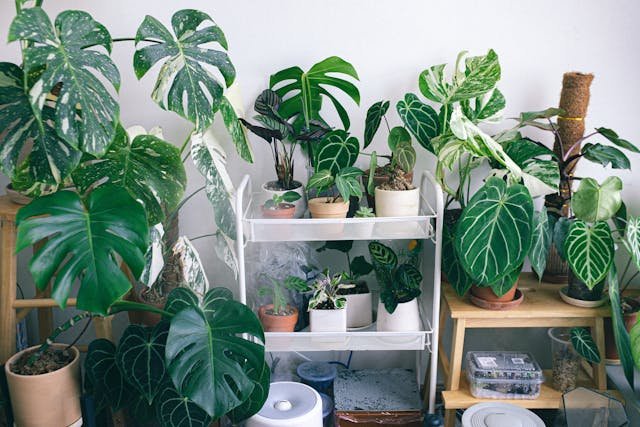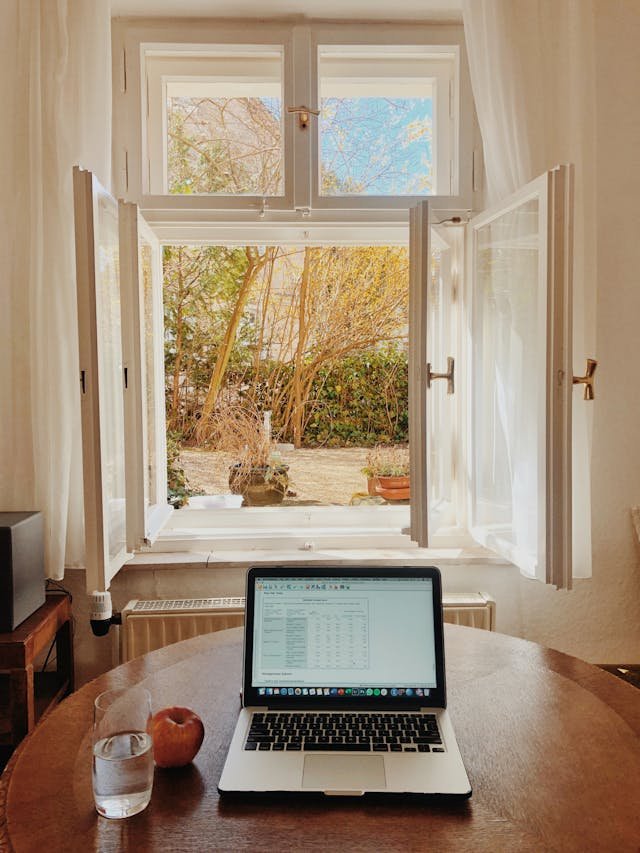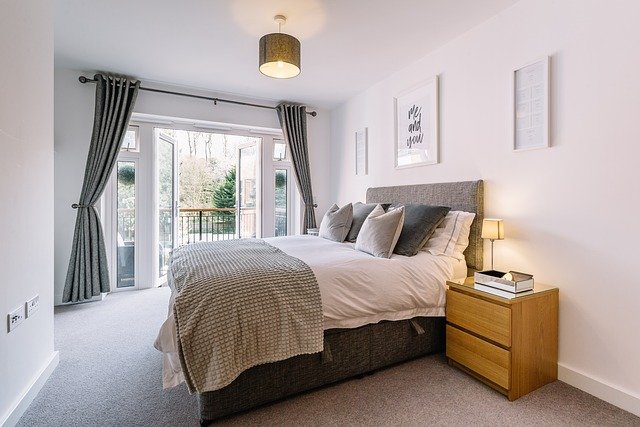If you want to filter the air in your room naturally without relying on artificial purifiers, you’re in the right place. We spend hours designing the perfect decor, but how often do we consider the quality of the air we breathe? In the hustle and bustle of our daily lives, the air quality in our living spaces often takes a back seat. But the good news is that converting your room into a haven of fresh, clean air doesn’t require expensive gadgets or complicated solutions. Here are some simple ways to filter the air in your room naturally.
Table of Contents
1. Embrace Greenery: The Power of Plants

One of the simplest and most aesthetically pleasing ways to filter the air in your room is by introducing indoor plants. Plants are nature’s own air purifiers, absorbing carbon dioxide and releasing oxygen. Some plants, such as the Spider Plant, Snake Plant, and Peace Lily, also filter out common household pollutants like benzene, formaldehyde, and ammonia. Not only do they enhance air quality, but they also add a touch of nature to your indoor space.
2. Let Nature’s Breeze In: Cross-Ventilation

Open windows and let the natural breeze sweep through your room. Cross-ventilation is a time-tested method for improving indoor air quality. It helps reduce indoor pollutants and replenish the air with a fresh supply of oxygen. Consider strategically placing fans near windows to enhance the circulation of air. This simple step not only improves air quality but also creates a pleasant, breezy atmosphere.
3. Avoid Using Chemical Cleaners: Opt for Natural Alternatives
Many conventional cleaning products contain harmful chemicals that can linger in the air, contributing to indoor air pollution. Replace these products with natural alternatives like vinegar, baking soda, and lemon juice. These ingredients not only clean effectively but also leave behind a fresh, citrusy scent. Creating your own DIY cleaning solutions is not only cost-effective but also contributes to a healthier indoor environment.
4. Upgrade Your Bed Covers: Opt for Natural Fibers
Believe it or not, your choice of bed covers can impact the air quality in your room. Synthetic fabrics and bedding materials can release volatile organic compounds (VOCs) into the air. Switching to bed covers made from natural fibers like cotton, linen, or bamboo can reduce the presence of these harmful compounds. Additionally, regularly washing your bed covers in hot water helps eliminate dust mites and allergens.
5. Clean and Declutter Regularly
Maintaining a clean and clutter-free environment is key to ensuring good air quality. Dust, mold, and other allergens tend to collect in dusty corners and crowded spaces. Regularly vacuuming, dusting, and decluttering your room can significantly reduce the presence of these pollutants, promoting a healthier living space.
6. Mindful Smoking Habits
If you’re a smoker, being mindful of your habits can significantly impact indoor air quality. Smoking indoors releases many harmful pollutants, including carbon monoxide and other chemicals. The best approach is to take smoking outdoors, but if that’s not feasible, designate a well-ventilated area for smoking. Consider investing in air-purifying plants like Aloe Vera or the Peace Lily to help mitigate the effects of indoor smoking.
7. Create a DIY Air-Purifying Spray
Making your own air-purifying spray is a fun and practical way to enhance the freshness of your room. Combine distilled water with a few drops of essential oils known for their air-purifying properties, such as lemon, eucalyptus, or tea tree oil. Spray the mixture around your room to enjoy both the refreshing scent and the natural air-cleansing effects. This DIY approach adds a personal touch to your air-purifying routine.
8. Natural Sunlight: A Powerful Ally

Harness the power of natural sunlight to filter the air in your room. Sunlight has natural disinfectant properties, and UV rays can help eliminate bacteria and mold. Keep curtains open during the day to allow sunlight to enter your room. Moreover, sunlight can help prevent the accumulation of moisture, reducing the risk of mold growth. It’s a simple yet effective way to promote a healthier indoor environment.
9. Check the Humidity Levels
Maintaining optimal humidity levels is crucial for preventing mold growth and dust mites, both of which can compromise indoor air quality. Aim for a relative humidity level between 30% and 50%. Consider using a dehumidifier in damp areas like basements or bathrooms to control moisture. By keeping humidity in check, you create an environment less conducive to the production of allergens and pollutants.
10. Educate Yourself on Indoor Air Quality
Knowledge is power, especially when it comes to the air you breathe. Take the time to educate yourself on common indoor pollutants, their sources, and the potential health impacts. This awareness empowers you to make informed decisions about your living environment. Stay updated on the latest information about indoor air quality and adopt practices that align with creating a healthier space for yourself and your loved ones.
10. Conclusion
In the search for a healthy and inviting home, don’t overlook the importance of clean air. By incorporating these natural air filtration techniques into your routine, you can create a living space that not only looks good but also feels good. Embrace the power of plants, natural fibers, and eco-friendly practices to breathe life into your room – naturally. After all, a breath of fresh air is the best gift you can give to yourself and your loved ones.



Hello There. I found your log using msn. This is a really well
written article. I’ll be sure to bookmark it
and return to read more off your useful information. Thanks for the post.
I’ll certainly comeback. https://Zeleniymis.COM.Ua/
Helo There. I found yojr blog using msn. This is a really well writtn article.
I’ll be sure too bookmark it and return to read more oof
your usseful information. Thanks for the post. I’ll cergainly comeback. https://Zeleniymis.COM.Ua/